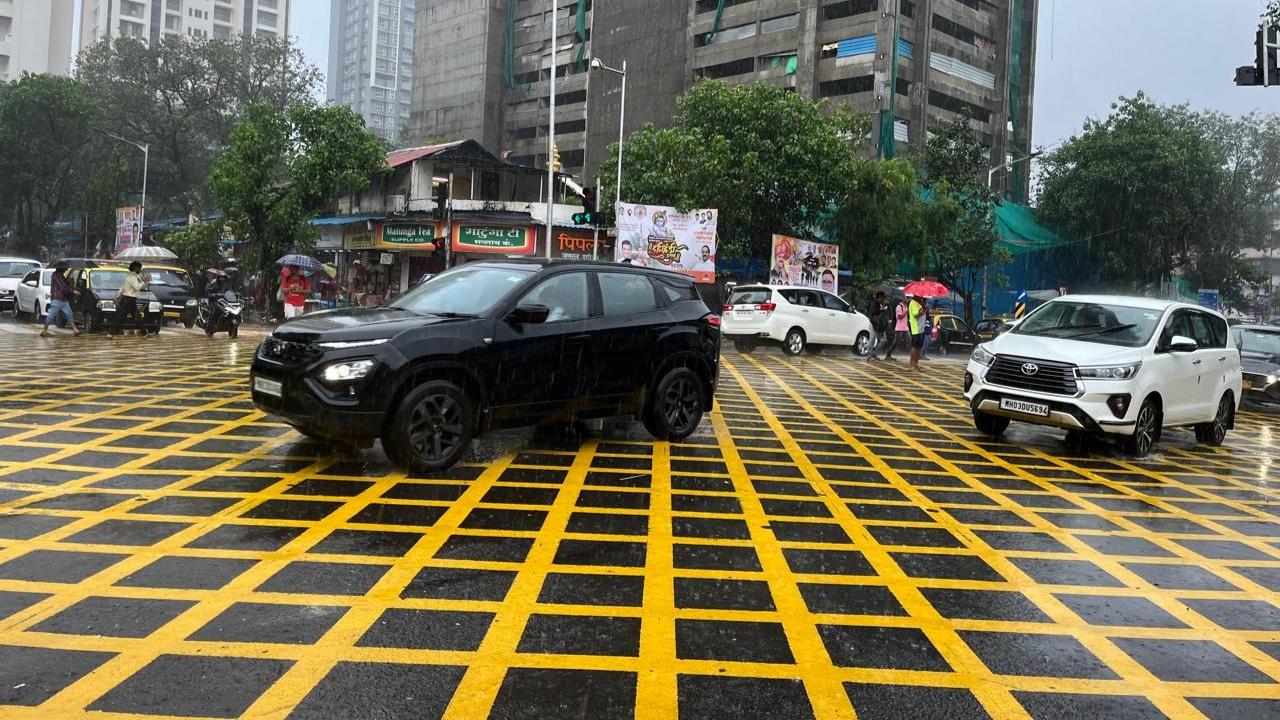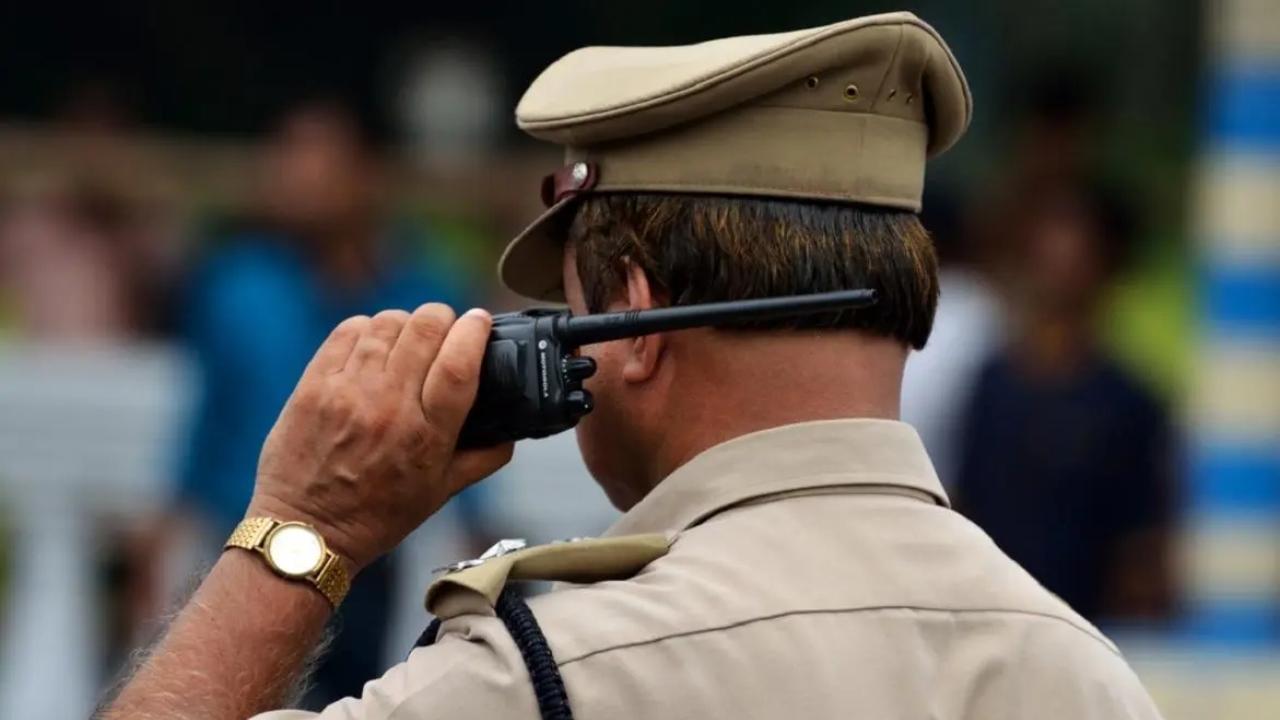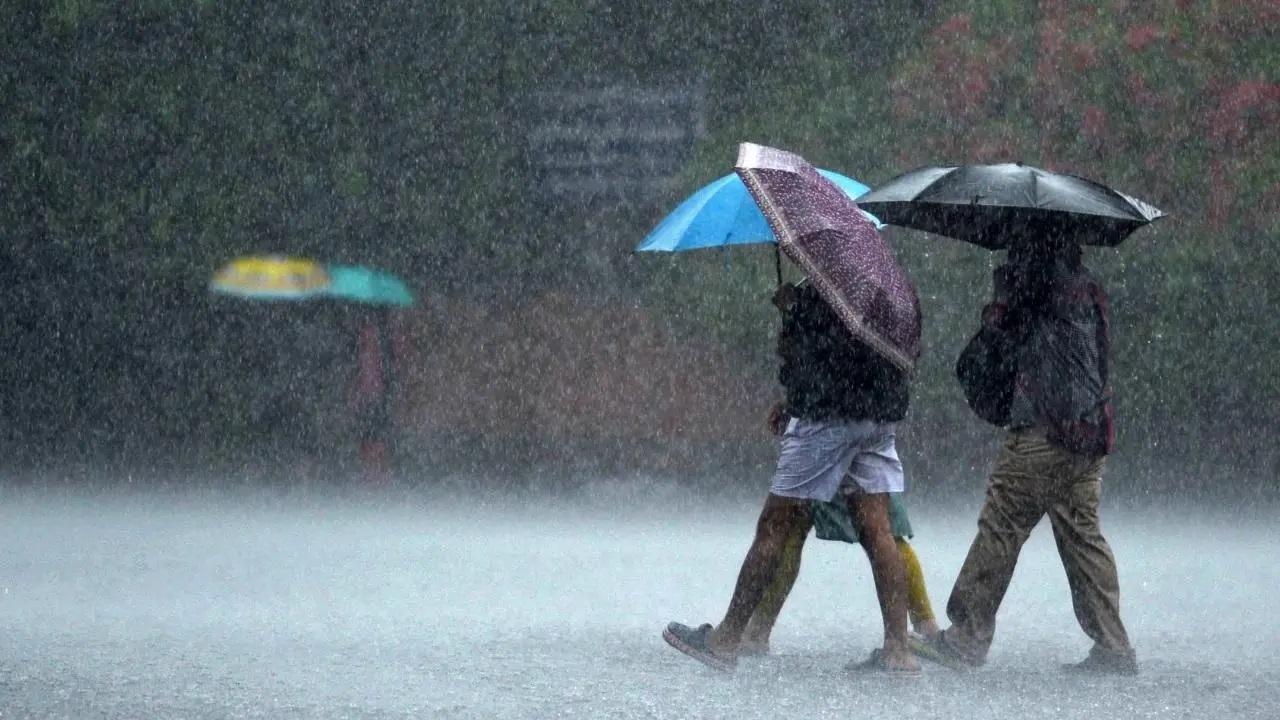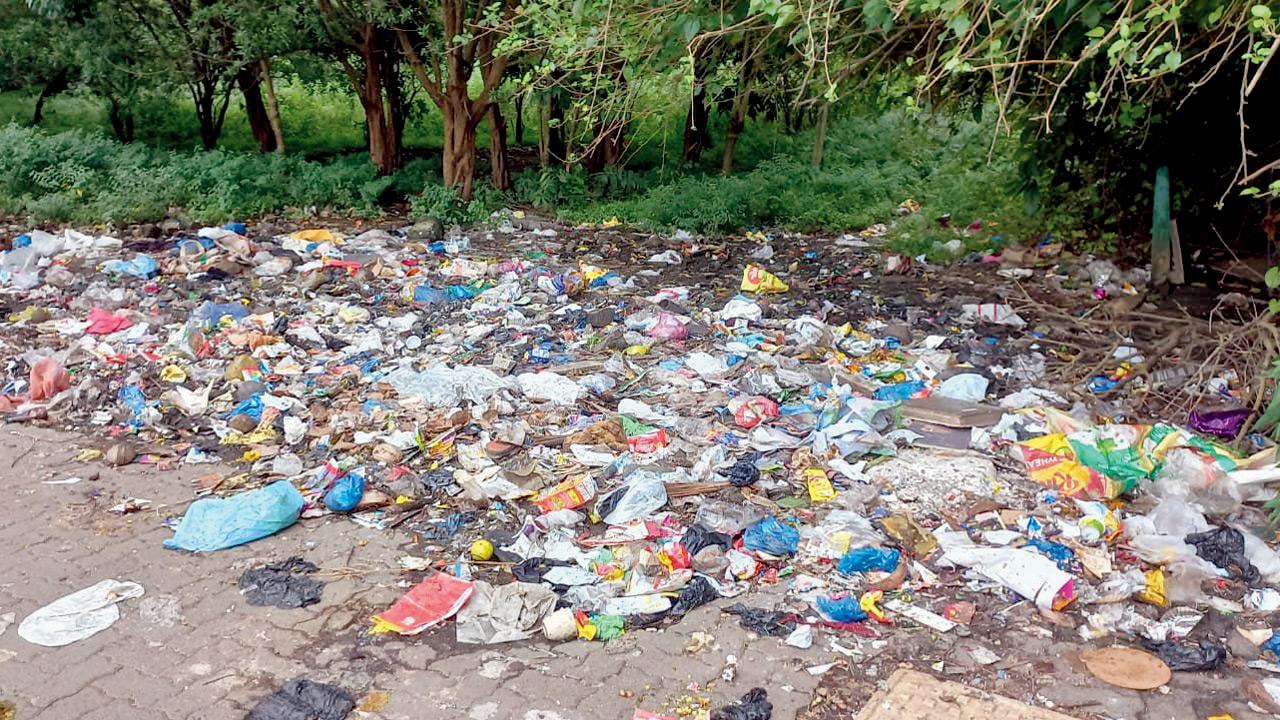After a spell of moderate showers on Tuesday evening, Mumbai woke up to bright sunshine and clearer skies on Wednesday. However, the India Meteorological Department (IMD) has warned that the respite may be short-lived, issuing a yellow alert for the city and surrounding districts, predicting thunderstorms and moderate rainfall later in the day.
According to the IMD forecast, partly cloudy skies are expected through the day, with isolated thunderstorms accompanied by lightning and gusty winds reaching speeds of 40–50 km/h likely in Mumbai, Thane, and Palghar.
The maximum temperature is expected to hover around 33 degrees Celsius, while the minimum temperature may settle near 25 degrees Celsius, the IMD said. The brief spell of rainfall on Tuesday helped cool the city and provided some relief from the deteriorating air quality seen in recent weeks, caused by stagnant winds and rising pollution levels.
City`s AQI in `good` category
On October 29, the Central Pollution Control Board’s SAMEER app reported in its latest Mumbai weather updates that the city’s air quality in the `good` category, with an Air Quality Index (AQI) of 71 at 9.05 AM.
As per the SAMEER app dashboard, many areas across Mumbai showed `good` AQI. Colaba, Worli, Borivali, Bhandup and Vile Parle recorded `good` air quality, with an AQI of 65, 51, 30, 53 and 97, respectively.
Meanwhile, Powai, Malad, Andheri and Byculla recorded `good` air quality, with an AQI of 69, 88, 70 and 50, respectively.
Shivaji Nagar recorded `moderate` are air quality, with an AQI of 111.
According to data from the SAMEER app, Navi Mumbai recorded air quality in the `good` category with an AQI of 75, while Thane registered a `good` AQI of 64.
The air quality index from 0 to 100 is considered `good`, 100 to 200 `moderate`, 200 to 300 `poor`, 300 to 400 `very poor` and from 400 to 500 or above `severe`.
Meanwhile, the Air Quality Index (AQI) readings in Delhi on Wednesday morning remained under the “very poor” and “poor” categories in most places, while the Graded Response Action Plan (GRAP) II norms are already in place. Additionally, the Commission for Air Quality Management (CAQM) has prohibited the entry of commercial goods vehicles registered outside the national capital that are non-compliant with BS-VI emission standards.











